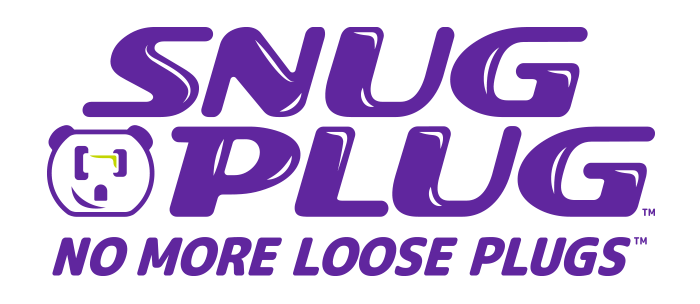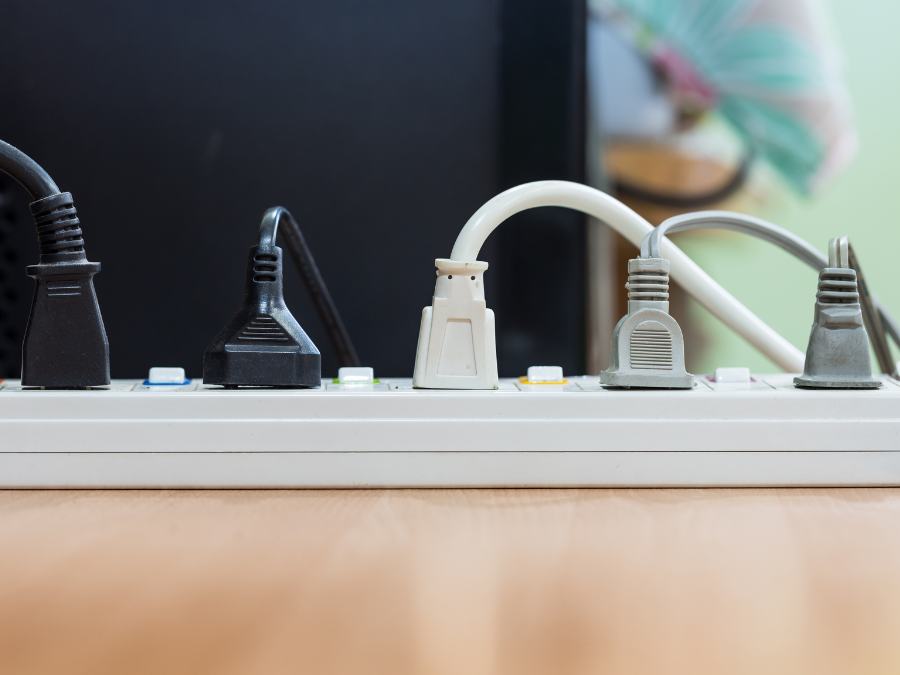Electricity powers your home, but when used improperly, it can also pose serious risks. Whether you're a first-time homeowner or an experienced DIYer, following electrical safety best practices is essential for protecting your family and your property.
In this guide, we’ll share the top electrical safety tips every homeowner should know—covering everything from outlet safety to what to do in case of an emergency.
1. Inspect Outlets Regularly
Check your outlets for signs of wear or damage. Common warning signs include:
-
Loose or wobbly outlets
-
Discolored or scorched faceplates
-
Sparks when plugging in
If plugs fall out easily or the outlet feels unstable, stop using it immediately and consider a quick fix like a Snug Plug to keep plugs secure.
2. Avoid Overloading Circuits
Don’t plug too many high-powered devices into one outlet. Overloading a circuit can cause overheating and lead to electrical fires. Use power strips with built-in circuit breakers and spread appliances across multiple outlets.
3. Use GFCIs in Wet Areas
Ground Fault Circuit Interrupters (GFCIs) are designed to shut off power if an electrical imbalance is detected. These are essential in:
-
Bathrooms
-
Kitchens
-
Garages
-
Outdoor areas
4. Keep Cords and Plugs in Good Condition
Check regularly for frayed wires, cracked plugs, or bent prongs. Damaged cords should be replaced immediately—never attempt to tape them as a long-term fix.
5. Unplug When Not in Use
Unplug appliances and chargers when they’re not in use to prevent overheating and reduce energy usage. This is especially important for devices like toasters, space heaters, and coffee makers.
6. Childproof Electrical Outlets
If you have young children in the home, install tamper-resistant outlets or use plastic safety covers to prevent curious fingers from causing shocks.
7. Know Your Breaker Box
Every homeowner should know:
-
Where the circuit breaker panel is located
-
How to shut off power to specific rooms
-
How to reset a tripped breaker
Label your breakers clearly so you’re not guessing during an emergency.
8. Don’t DIY What You Don’t Understand
Simple tasks like tightening an outlet or using Snug Plug for plug grip are great DIY fixes. But for any rewiring, panel upgrades, or complicated issues, call a licensed electrician.
9. Test Smoke Detectors and GFCIs Monthly
Make it a habit to test your smoke alarms and GFCI outlets monthly. Replace batteries and test functions to ensure everything’s in working order.
10. Use the Right Tools and Equipment
When doing any kind of home repair, make sure your tools are insulated and rated for electrical work. Avoid working near live circuits and always turn off the breaker first.
Final Thoughts
Electrical safety starts with awareness. By following these essential tips, you’ll reduce your risk of accidents, fires, and costly repairs. For simple outlet fixes, consider tools like Snug Plug that keep your plugs tight and secure without rewiring.
Safety first—always.



Share:
DIY Home Repairs: How to Fix Loose Outlets in 10 Minutes
Renters’ Guide: How to Secure Loose Outlets Without Breaking Your Lease